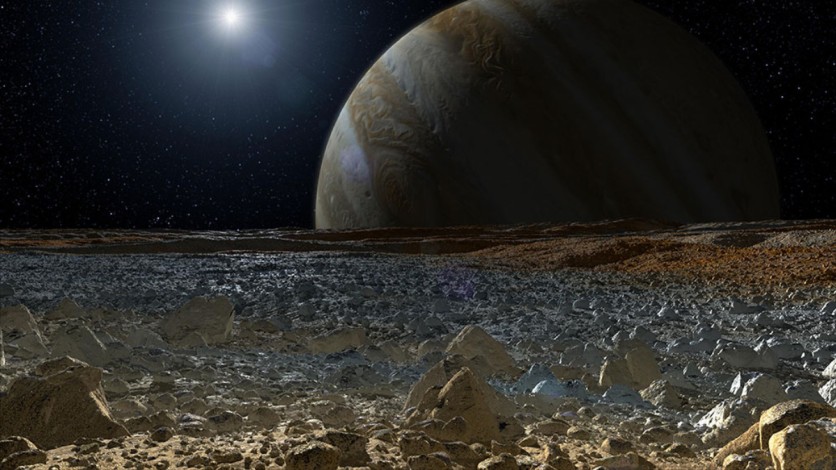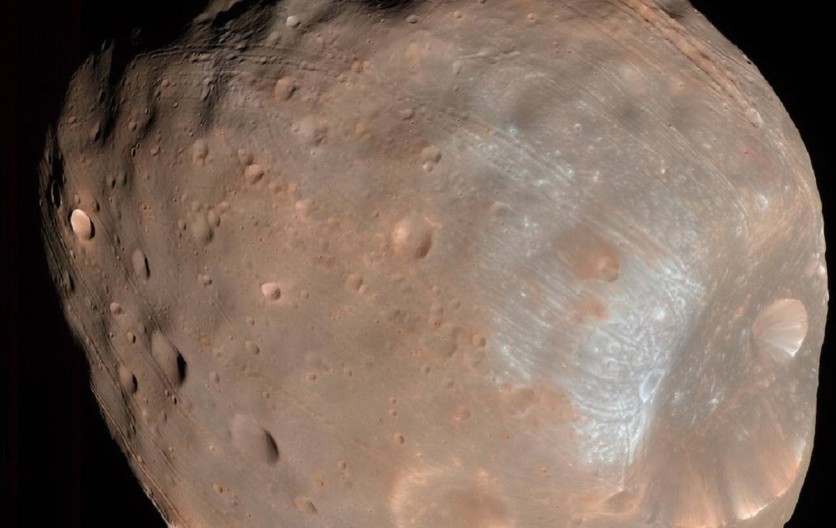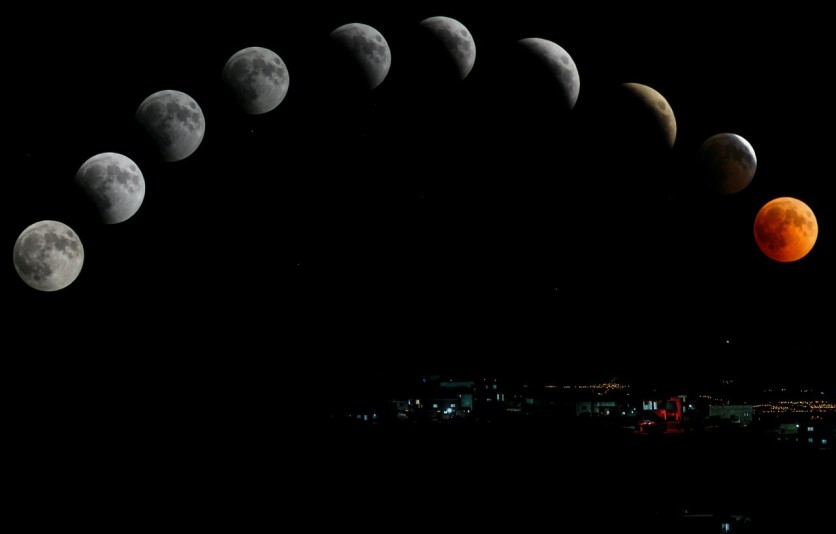Ever wondered just how many moons in the solar system are? There are actually over 200 moons present in the solar system.
Most major planets have them (except for two, which you'll learn about in a few). Some dwarf planets like Pluto have them. Even asteroids have them.
This article dives deeper into the moons in the solar system, including the scientists and the telescopes that have discovered them through the years.
Moons in the Solar System: What is a Moon Anyway?
A moon has been defined by the National Aeronautics and Space Administration (NASA) as a natural satellite that "probably formed from the discs of gas and dust circulating around planets in the early solar system."
The moons in the solar system come in different types, shapes, and sizes, but they usually have solid bodies. They are usually named after mythological characters from different cultures. An exception to that are the moons of Uranus, which are named after Shakespearean characters or those from the poetry of Alexander Pope.
The Moons in the Solar System
Overall, there are 200 moons in the solar system alone. 82 of those belong to Saturn, which makes it the planet in the solar system with the most number of moons. Jupiter comes second with a total of 79 moons.
On the flipside, both Mercury and Venus have no moons. Earth, as we all know, only has one.
Here are some of the 200 moons present in the solar system, along with the scientists and the telescopes that have discovered them:
Charon: Dwarf planet Pluto counts Charon as its largest moon. It was discovered by American astronomer James W. Christy in 1978 using a telescope in the United States Naval Observatory Flagstaff Station.
Deimos: Named after the Greek god who is the brother of Phobos, Deimos is one of the two moons of Mars. It was discovered by American Astronomer Asaph Hall. As you might have already guessed, Mars' other moon is named after Deimos' brother.

Europa: Europa is one of the 79 moons of Jupiter named after the woman Greek god Zeus (known as Jupiter in Roman mythology) abducted. It was discovered by Galileo Galilei in 1610 using a refractor telescope.
Ganymede: Ganymede is Jupiter's largest moon
Io: Another moon belonging to Jupiter, Io is named after the priestess who became the lover of Zeus/Jupiter. Like Europa and Ganymede, it was discovered by Galileo Galilei in 1610.

Phobos: The larger one of Mars' two moons is known as Phobos, after the Greek god of fear and panic. According to an article by Space, Phobos was discovered on August 17, 1877, by American astronomer Asaph Hall using a refractor telescope.
Related Article: Mars Once Had A Third Moon Accompanying Phobos And Deimos
Titan: Titan is the largest one of Saturn's 82 moons. Named after the mythological giants known as titans, Titan was discovered by Dutch astronomer Christiaan Huygens in 1655 using a telescope he built with his brother.
Titania: Uranus has 27 moons and the largest one is named Titania after the queen of the fairies in William Shakespeare's "A Midsummer Night's Dream." Titania was discovered by British astronomer William Herschel in 1787.
Triton : Neptune's largest moon, Triton
Earth's Moon

The Earth's Moon is the planet's only natural satellite and is also considered as the fifth largest among the moons in the solar system. Earth's moon is one of the moons in the solar system that has an atmosphere, which is called the exosphere.
Wondering why the Moon is simply called "Moon?" According to NASA, before Galileo Galilei discovered the moons of Jupiter, people simply thought that the Moon was the only moon in the solar system.
Also Read: How The Moon Affects Tides
This article is owned by Tech Times
Written by Isabella James




